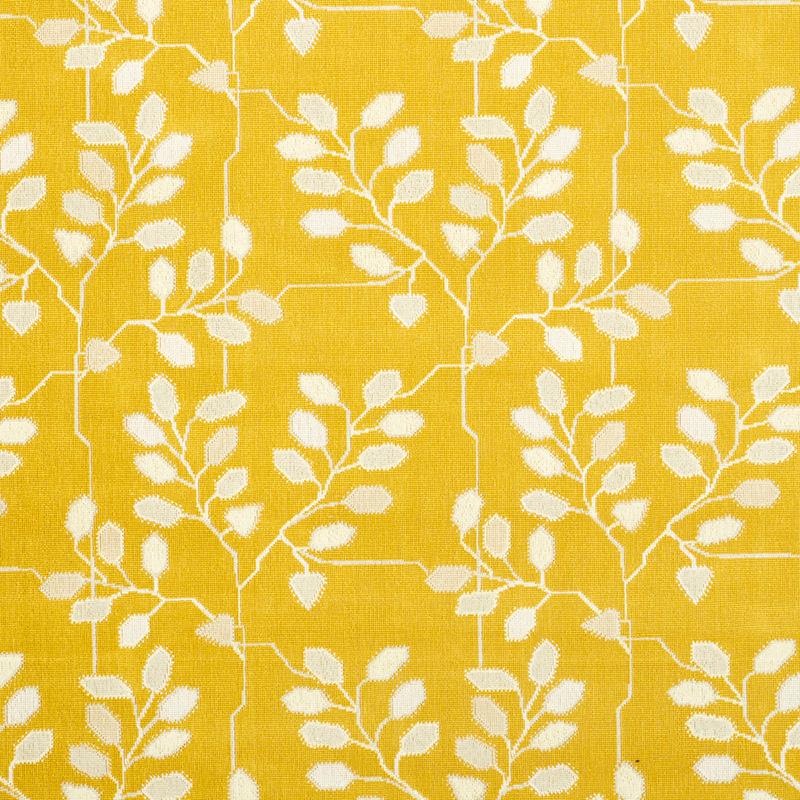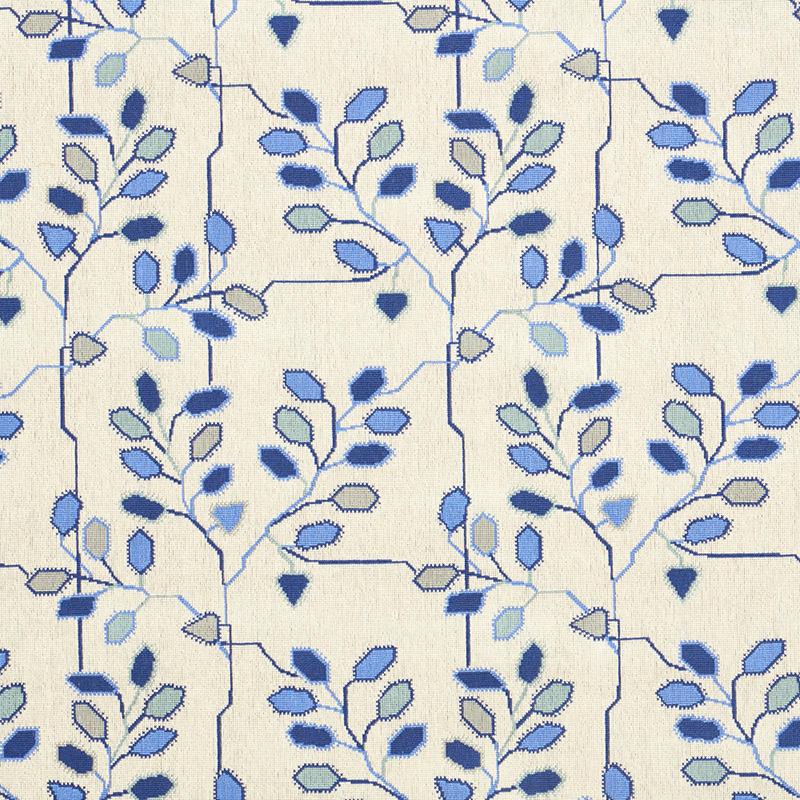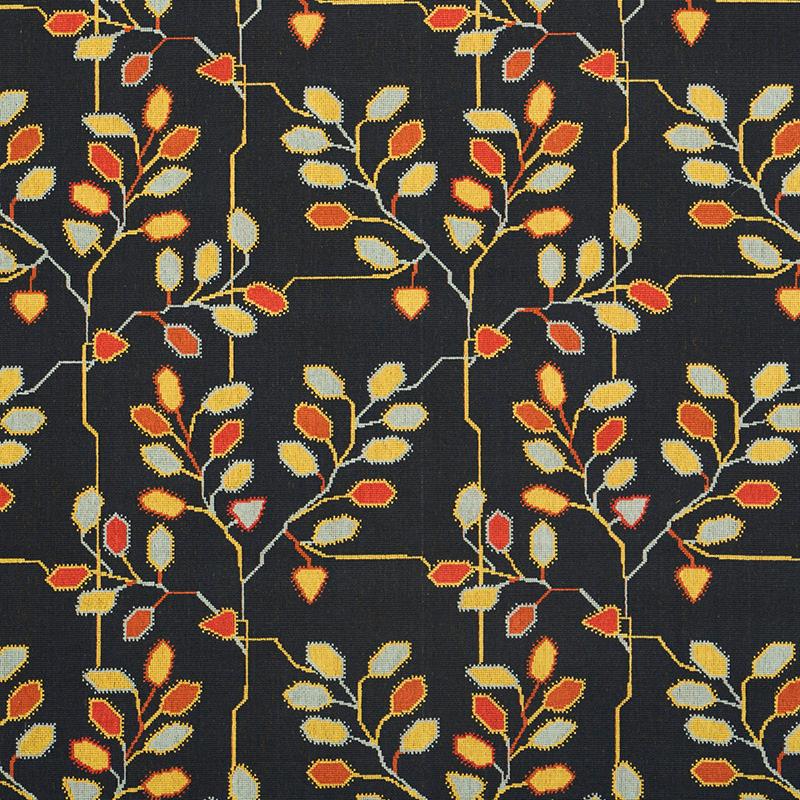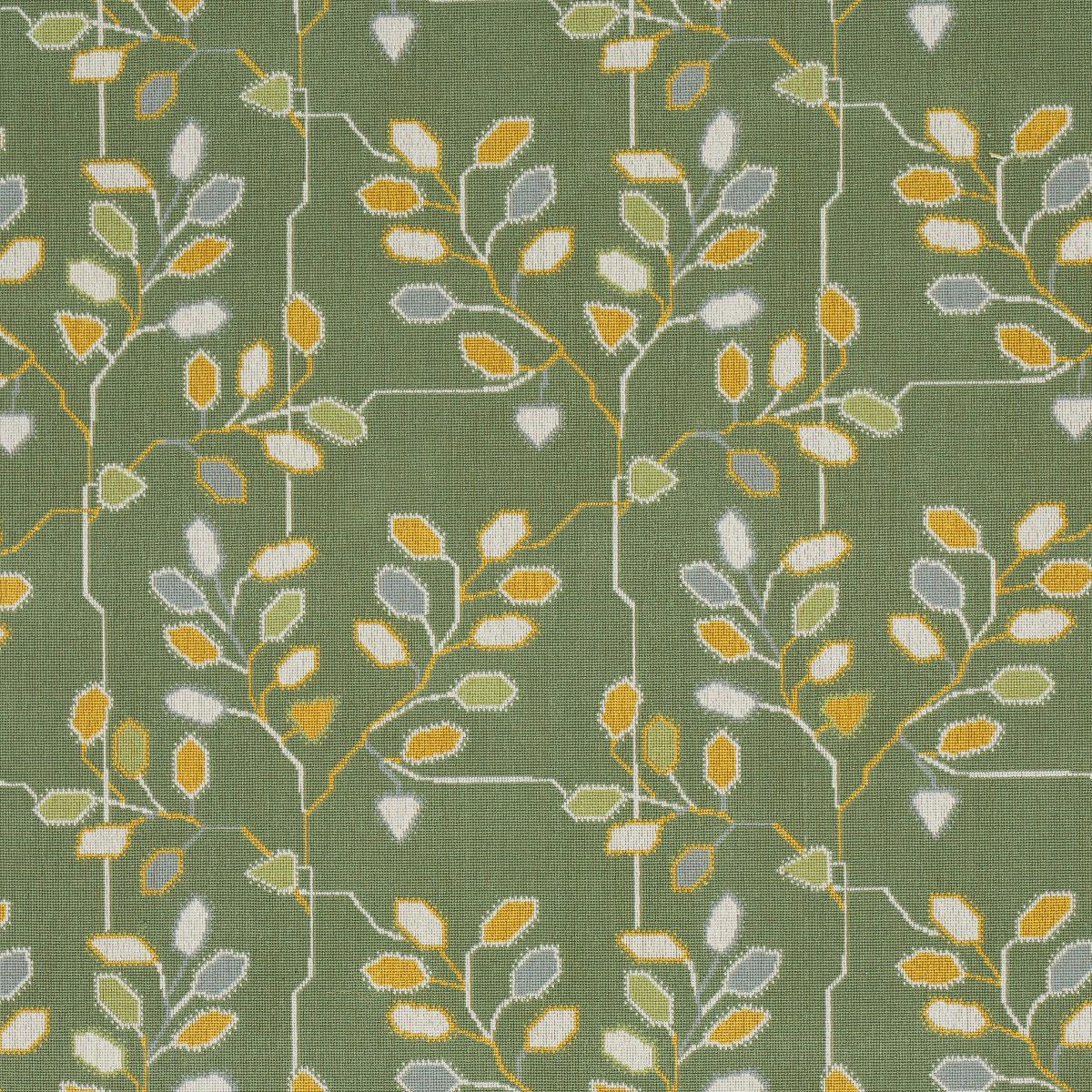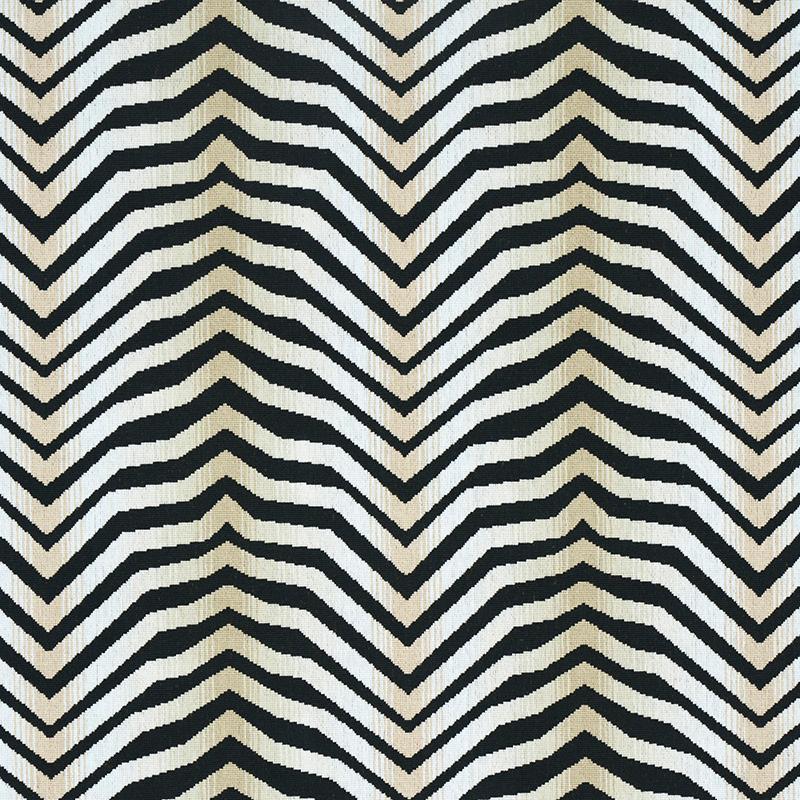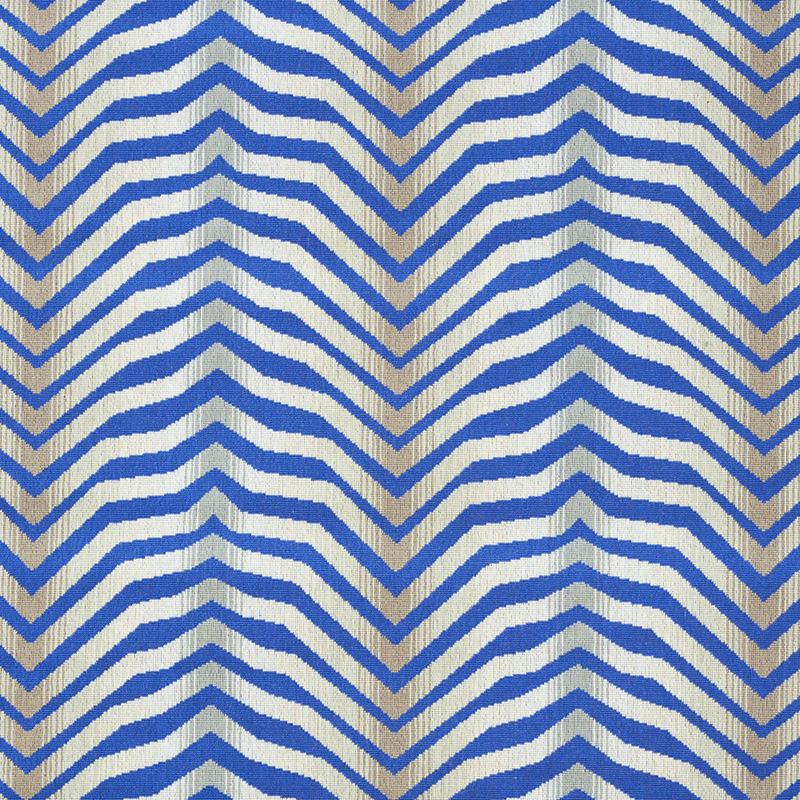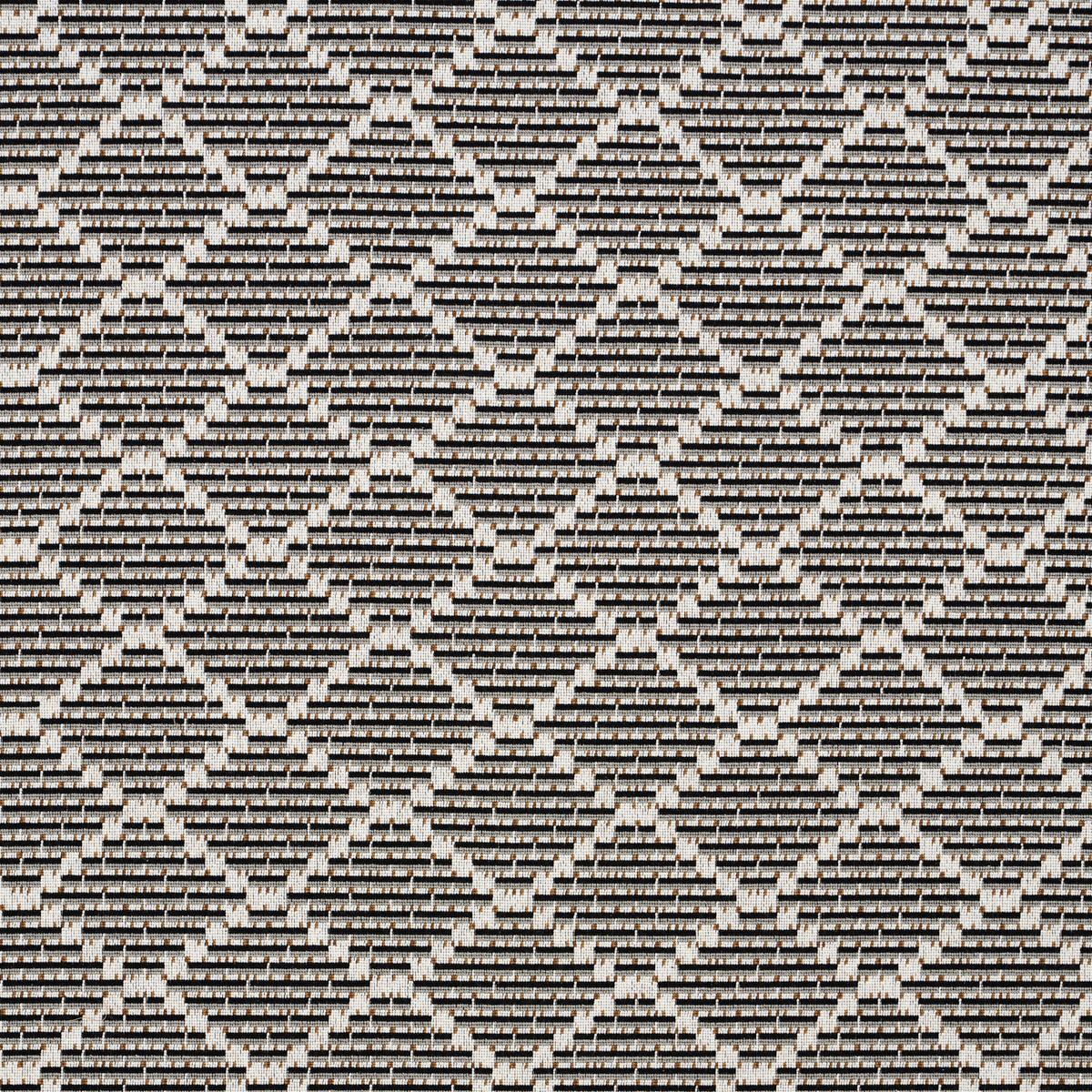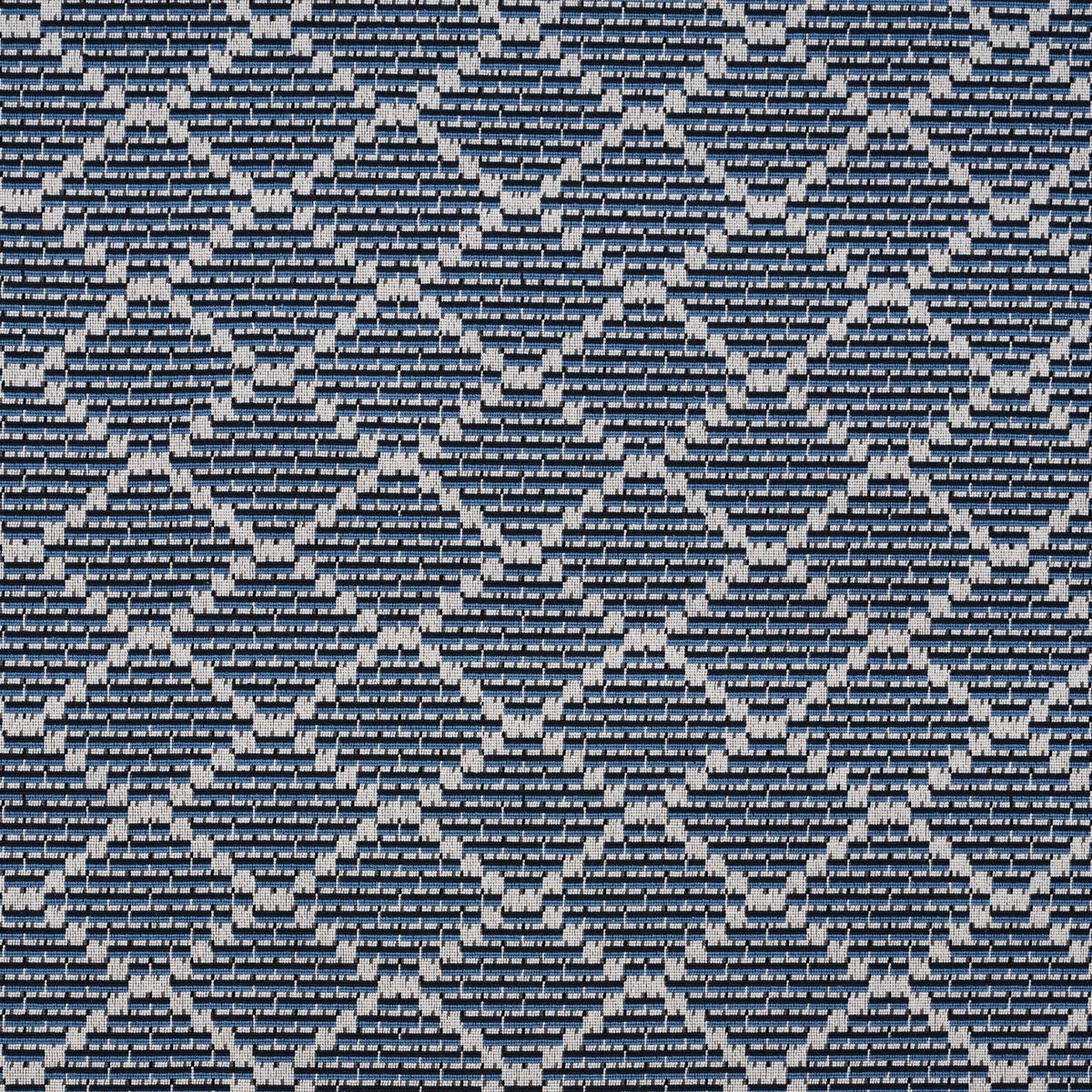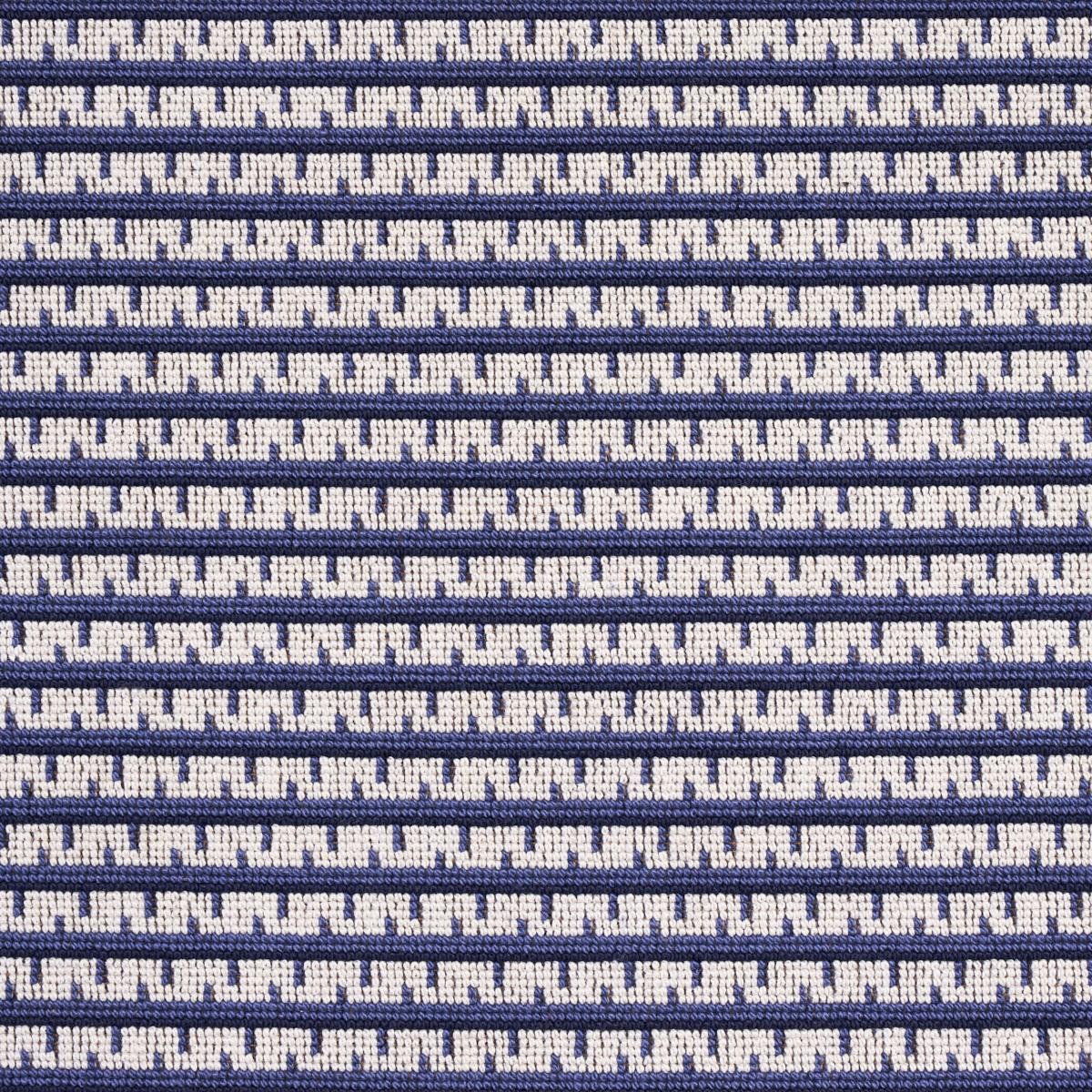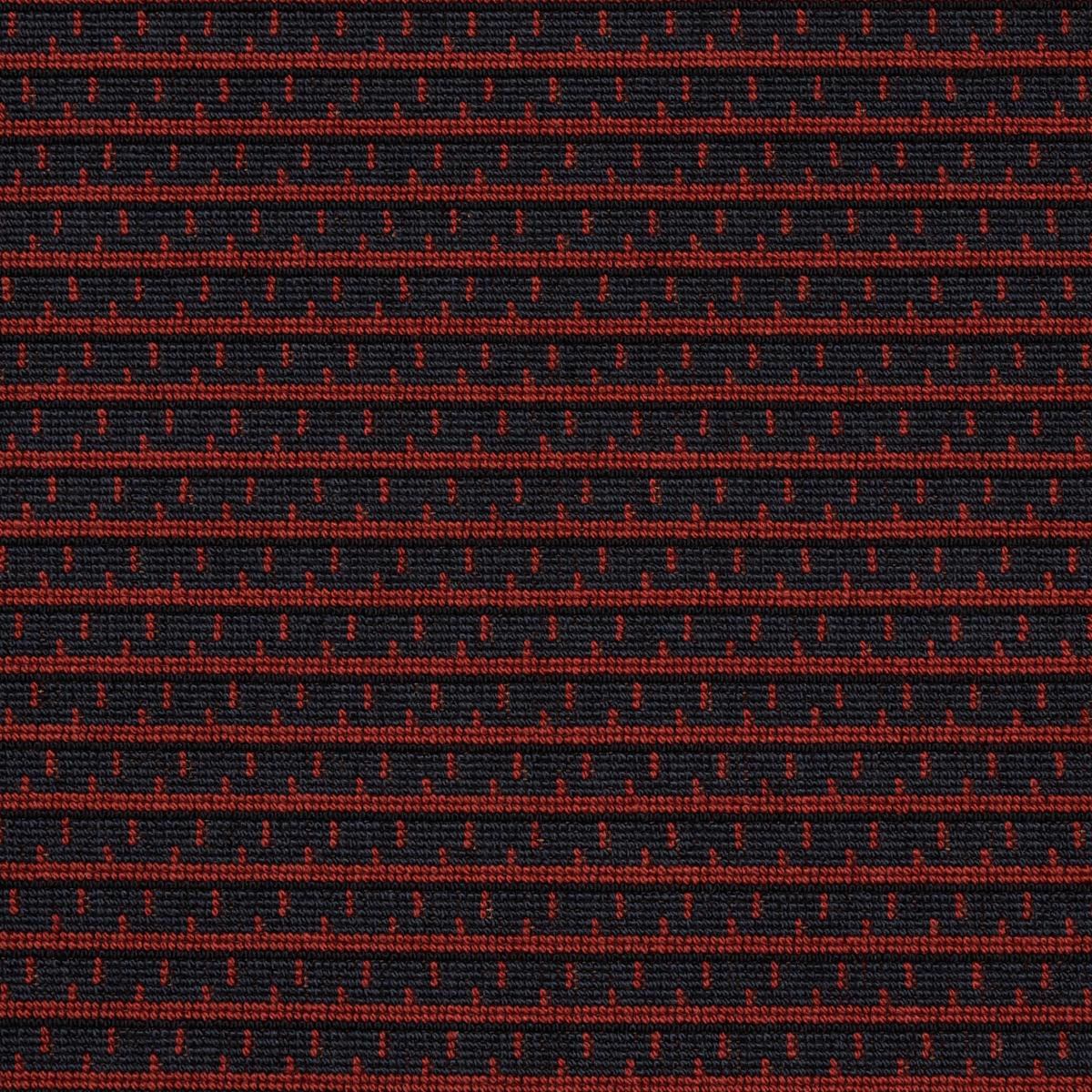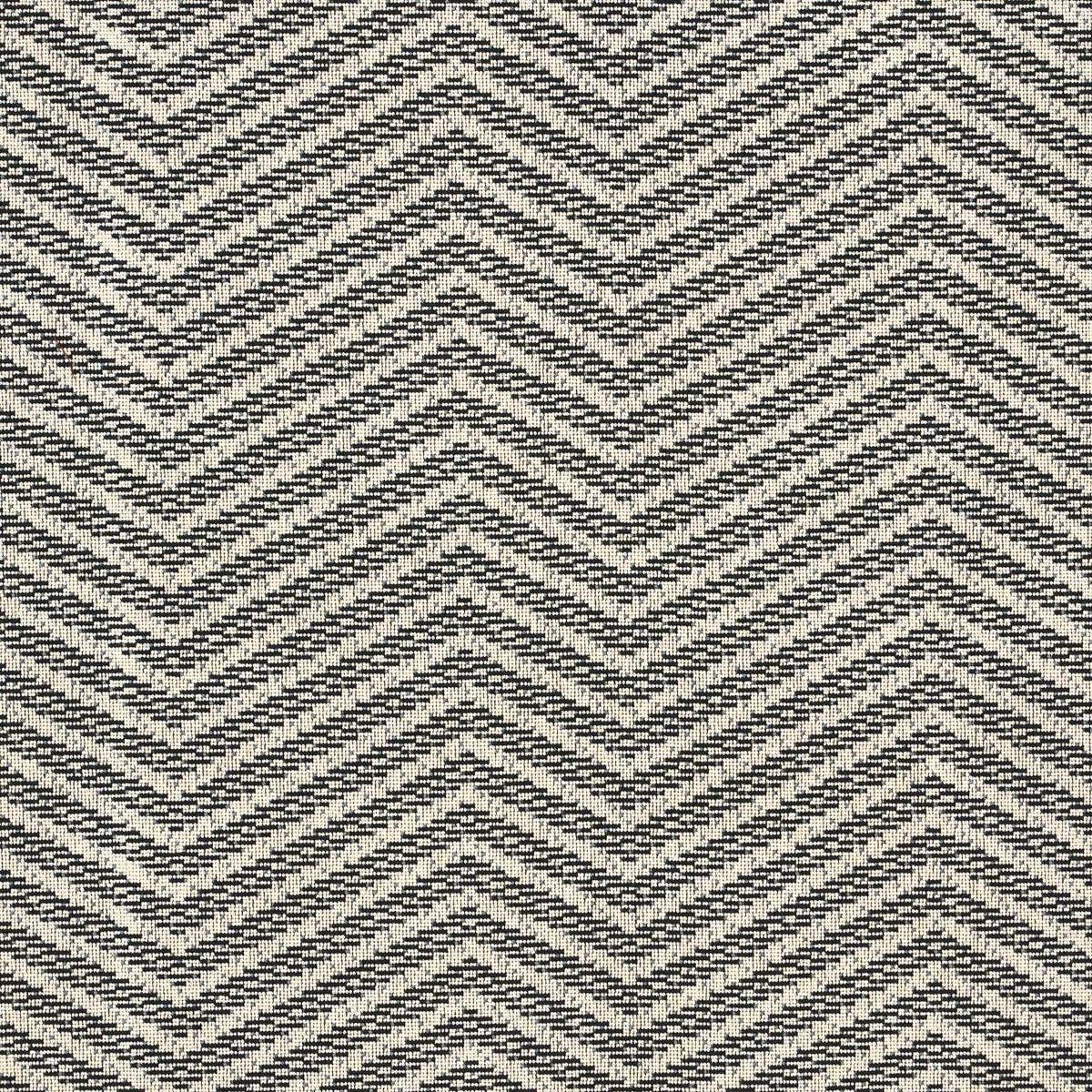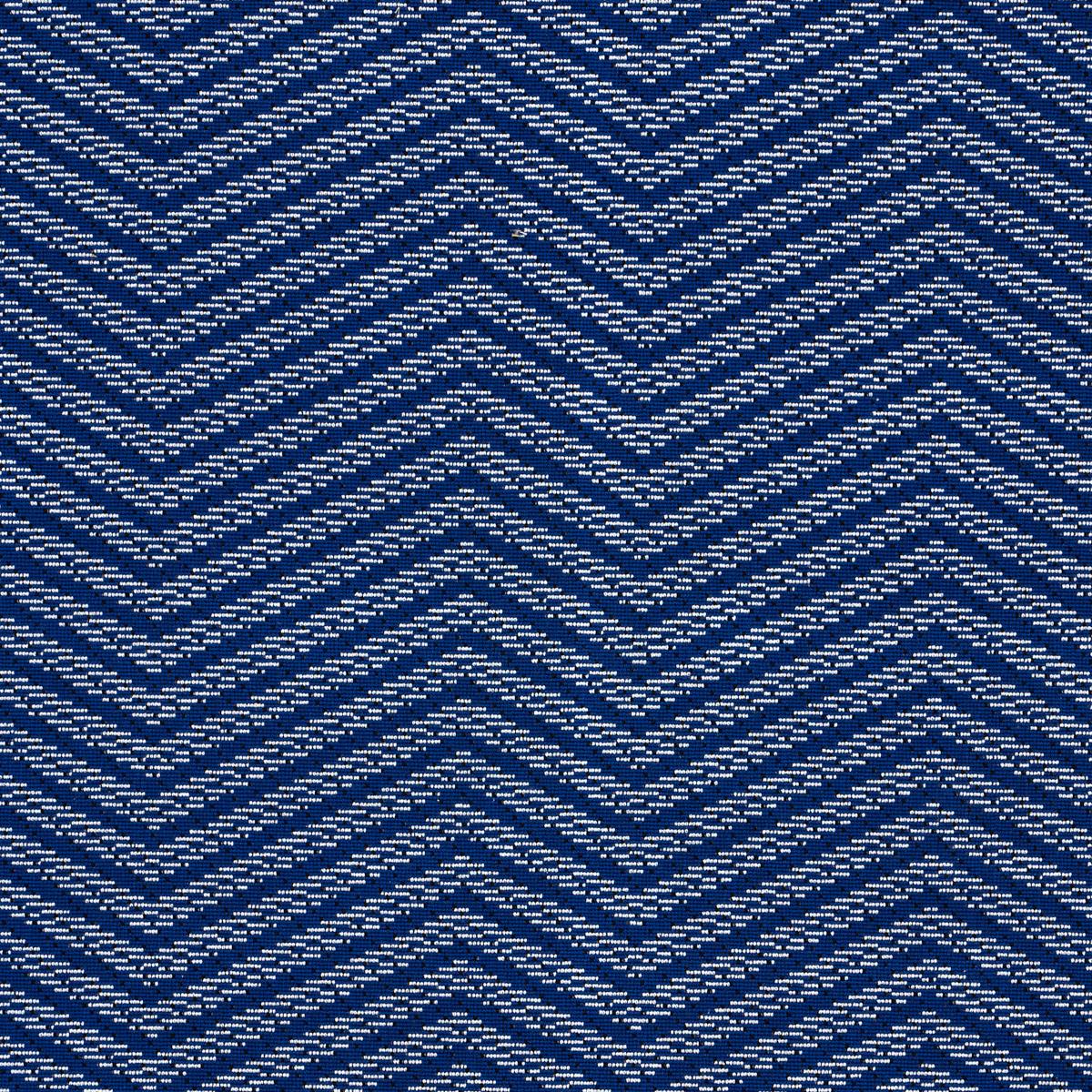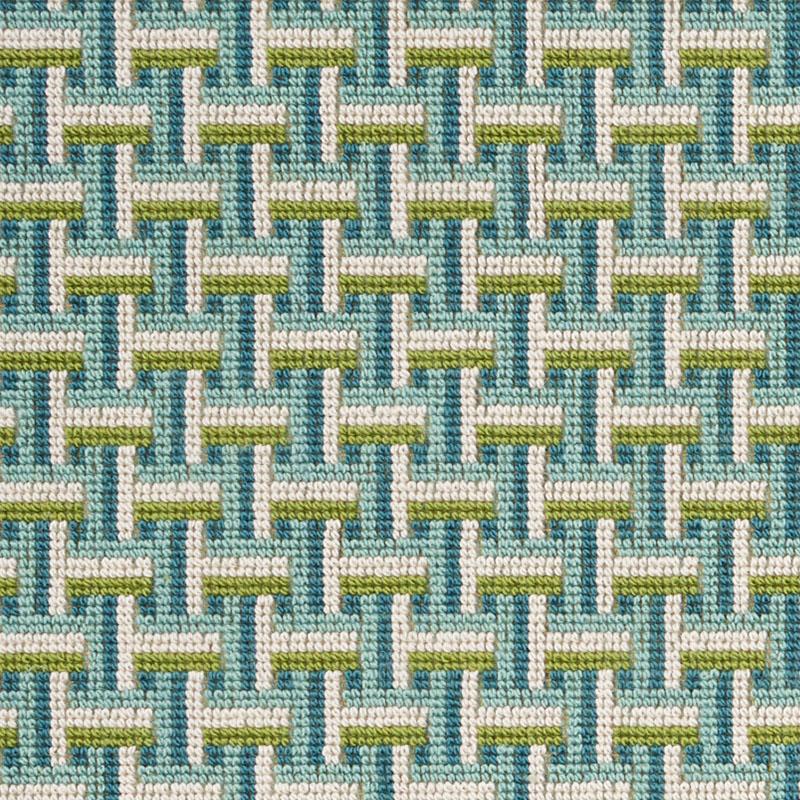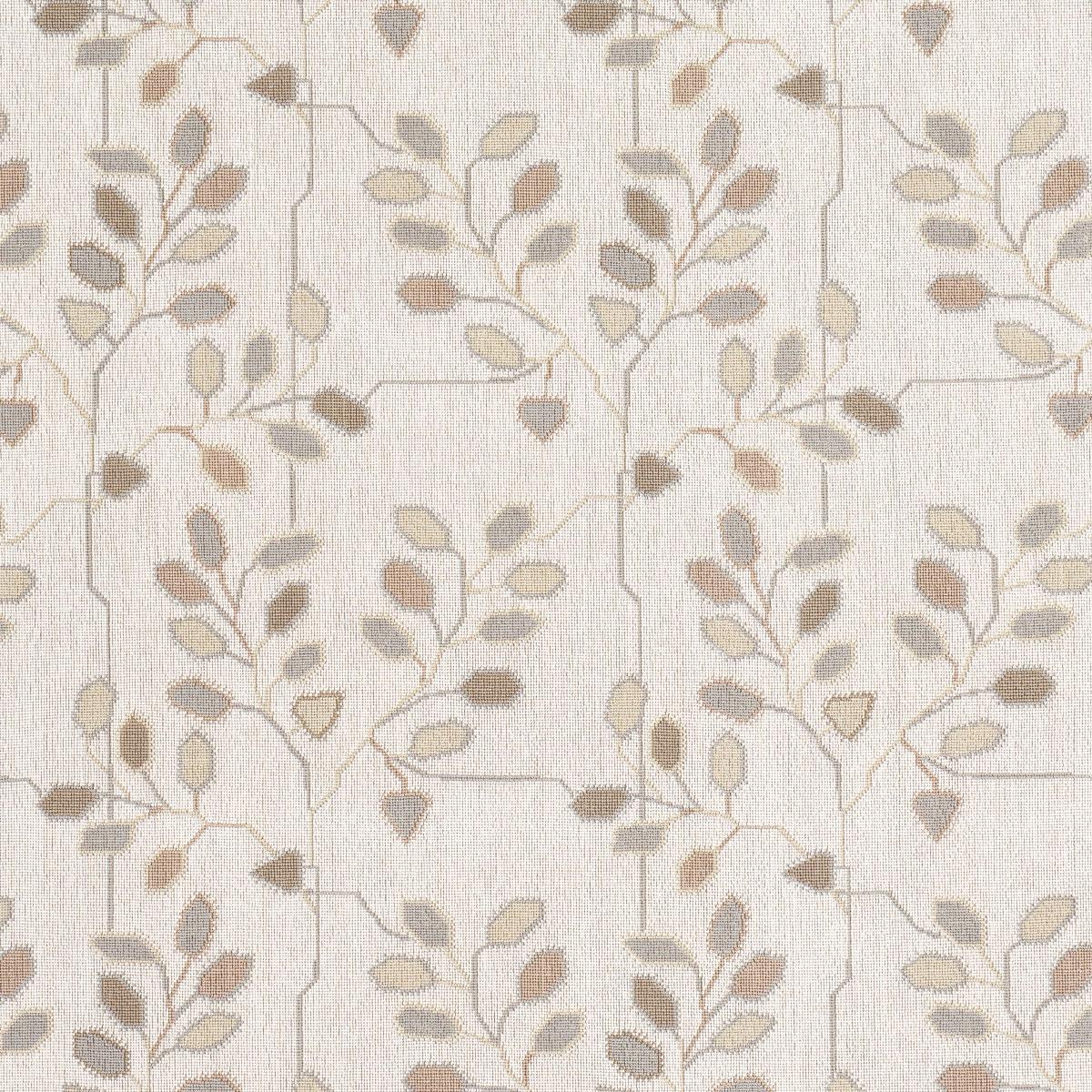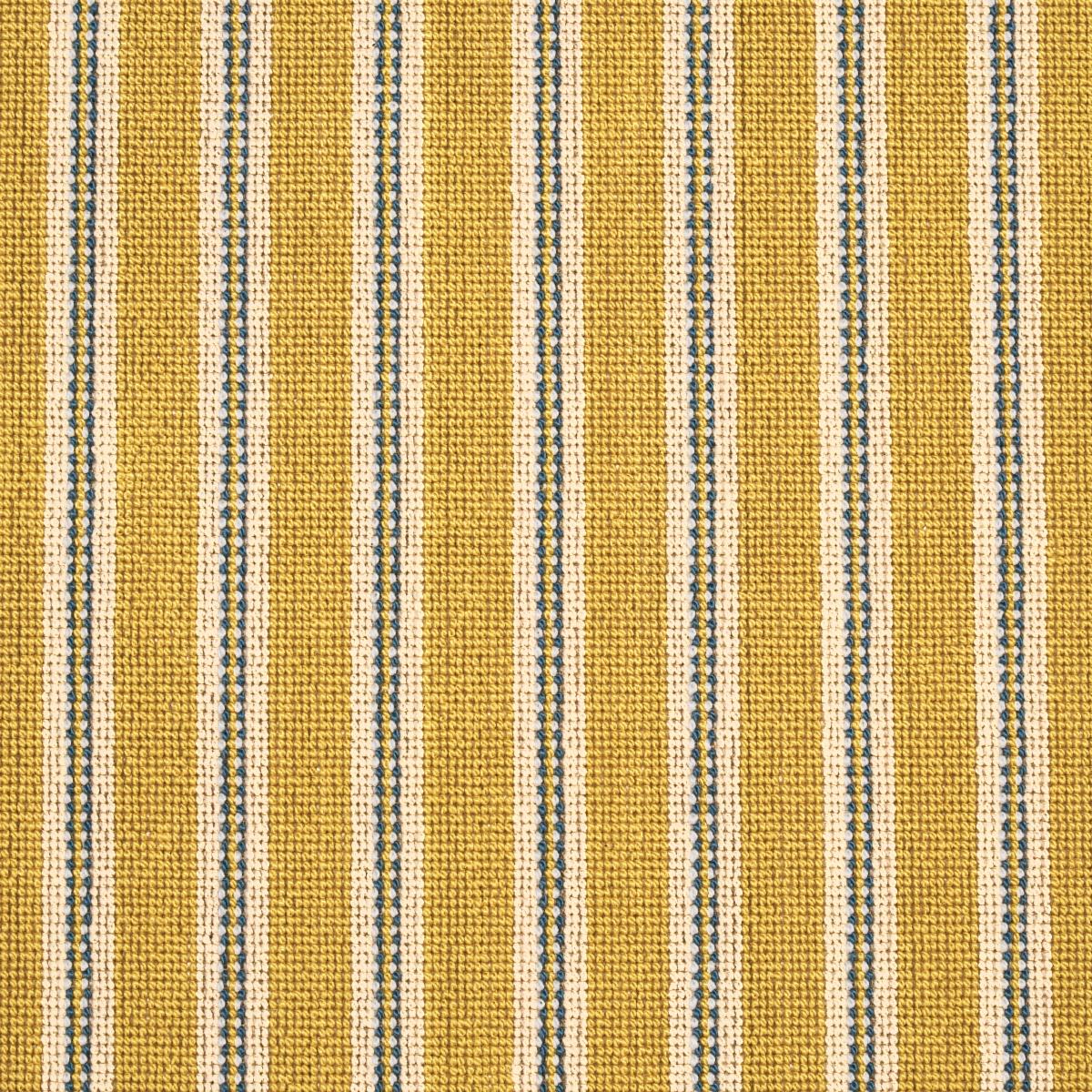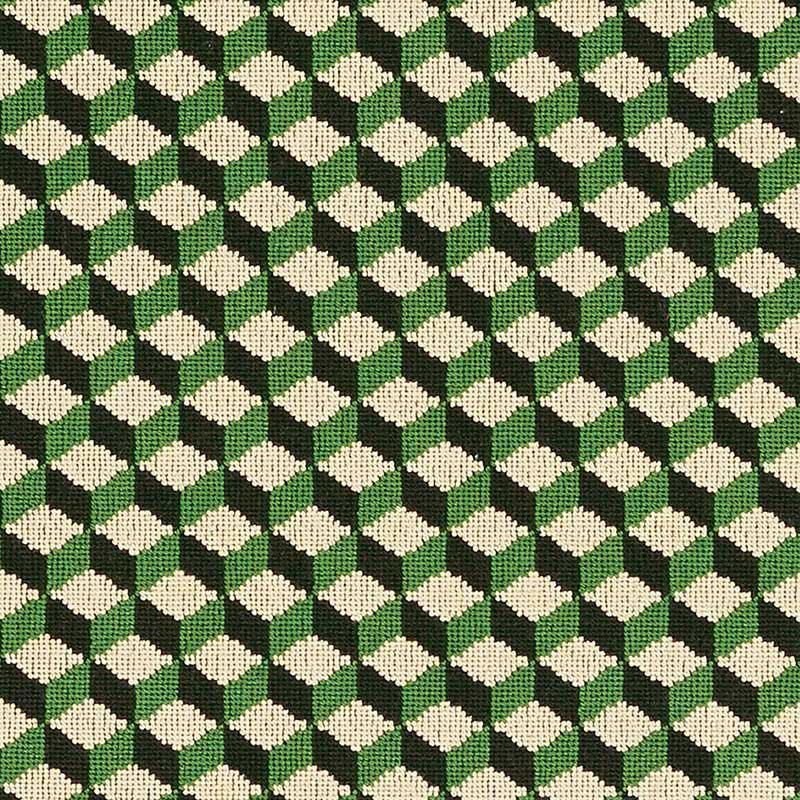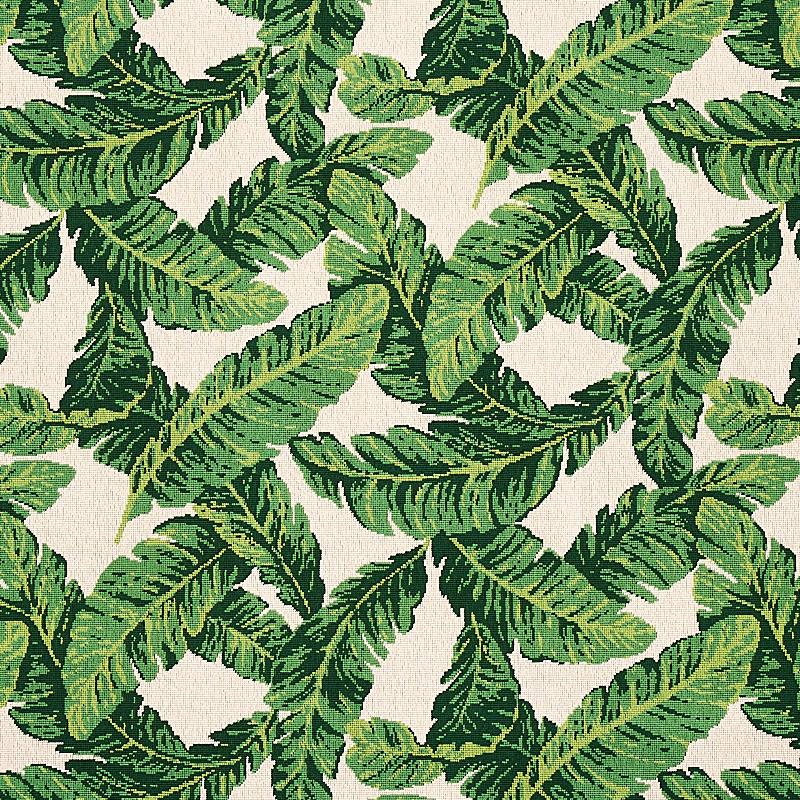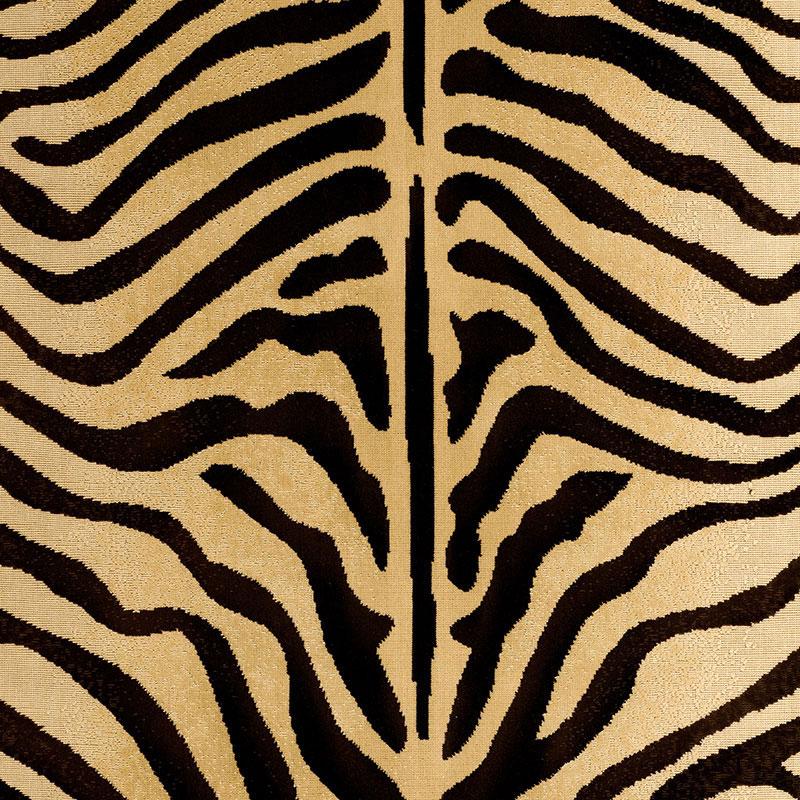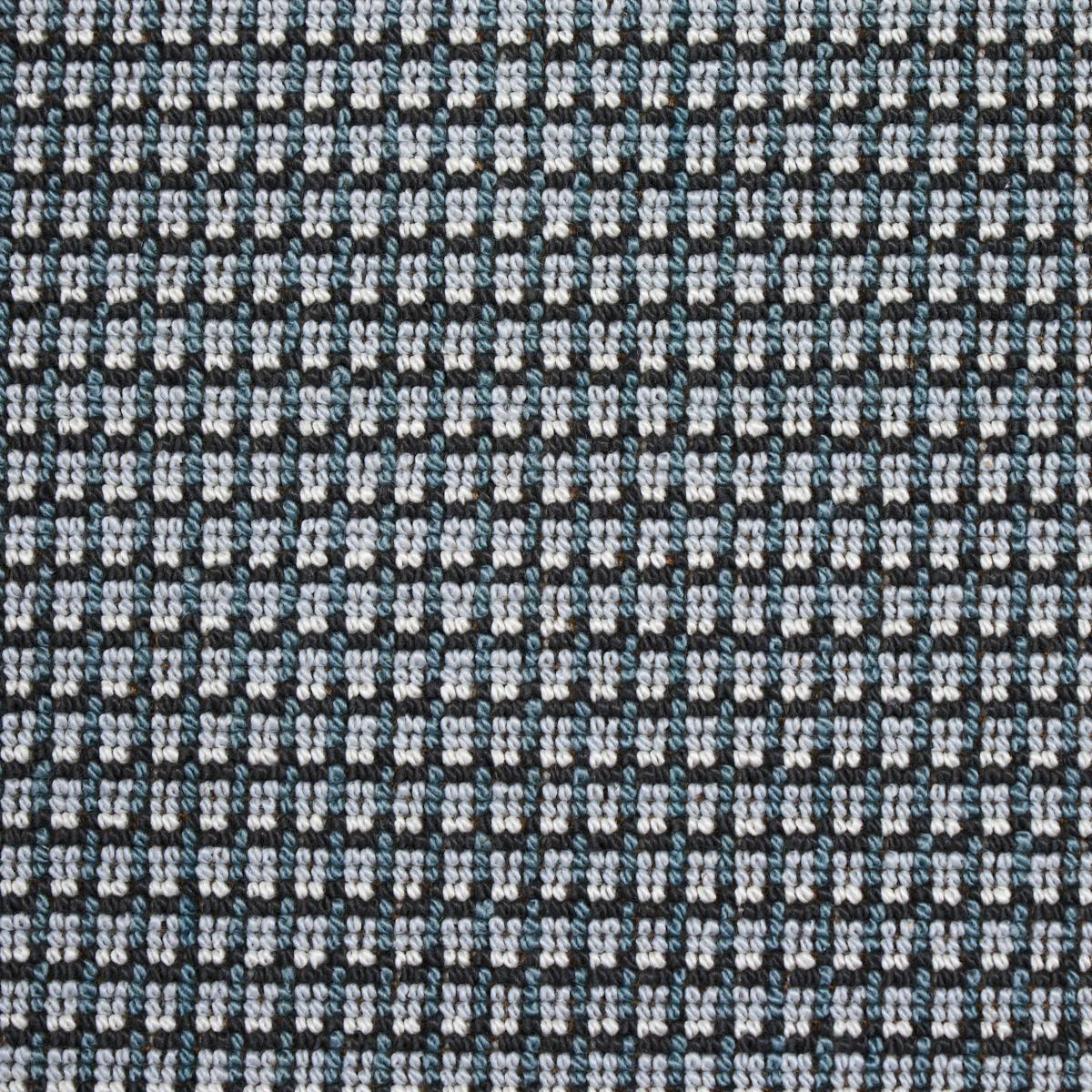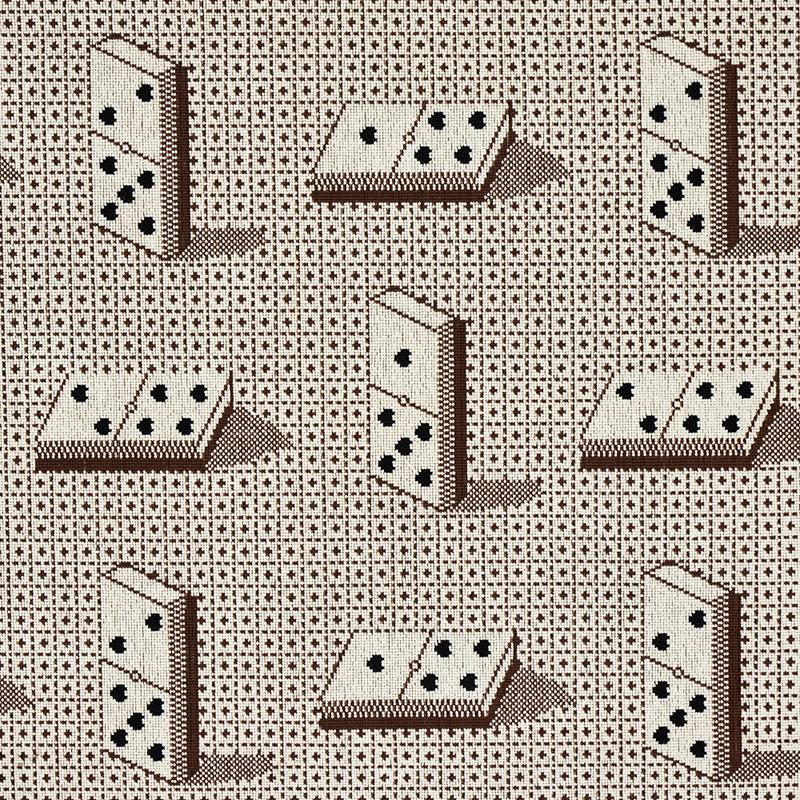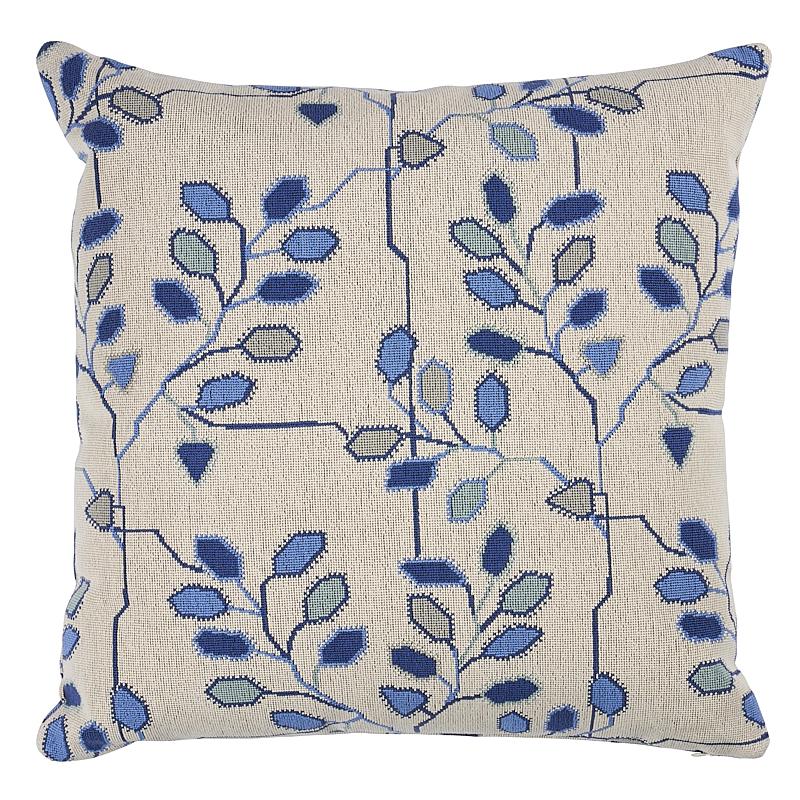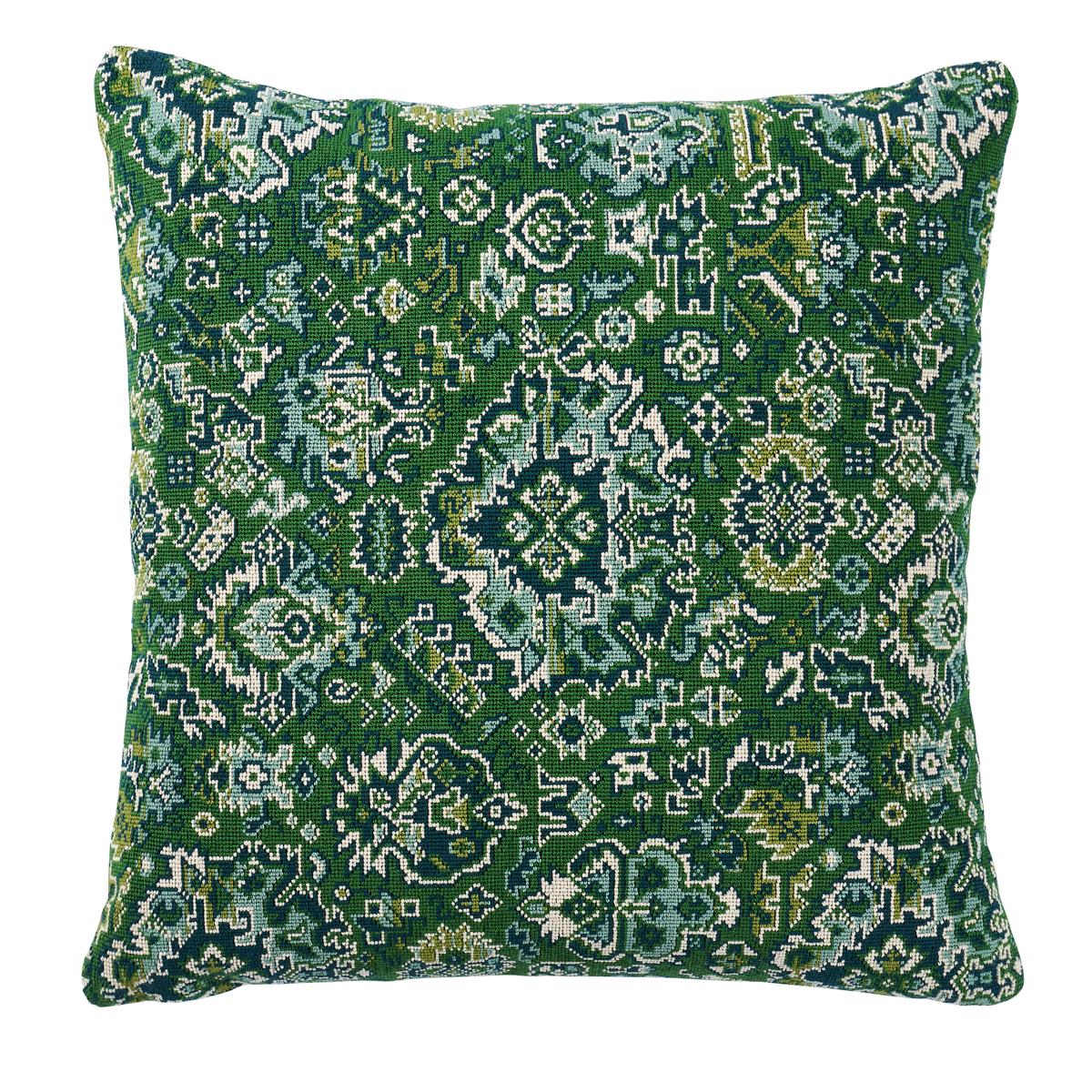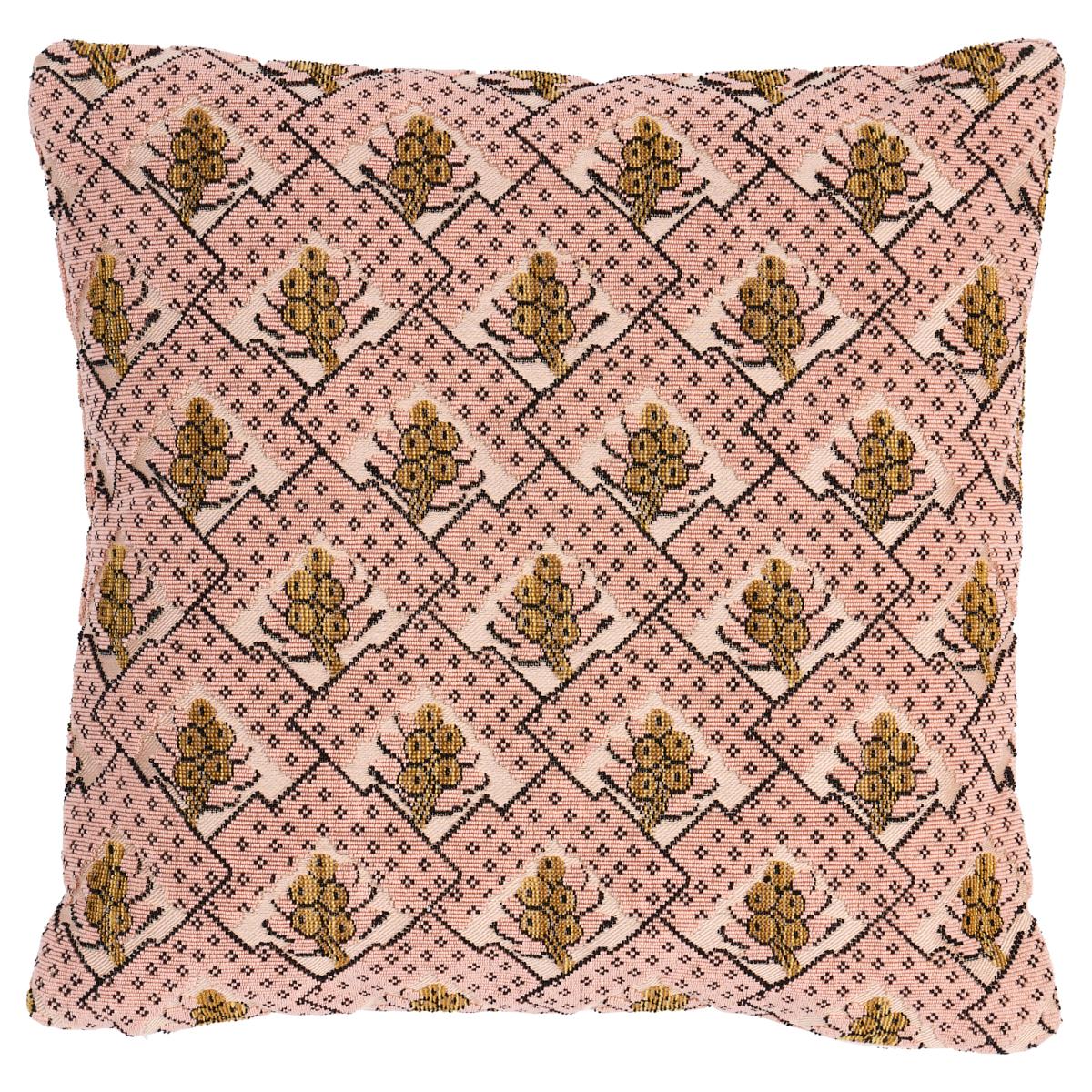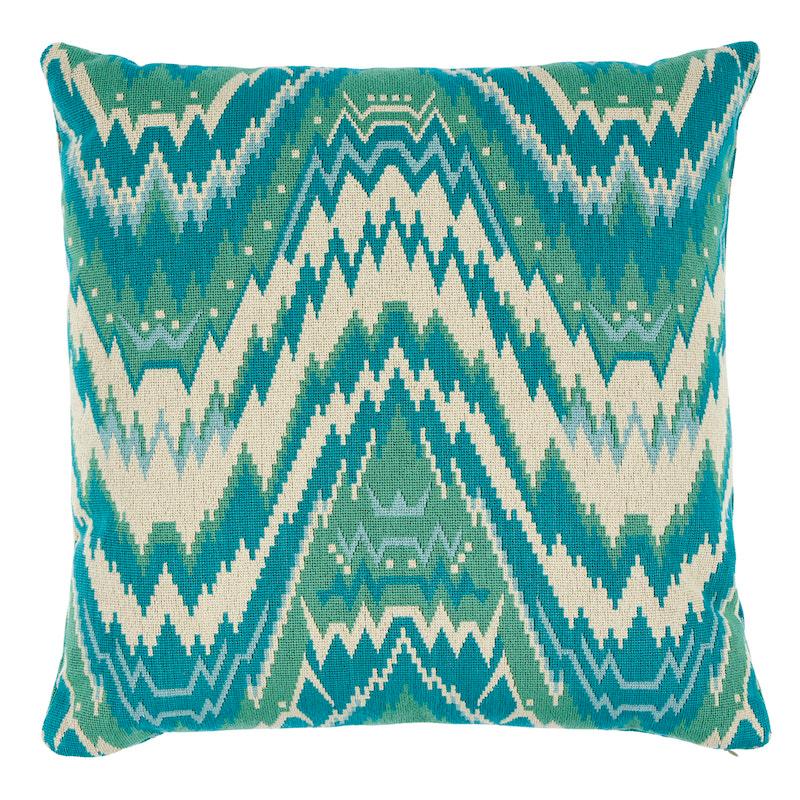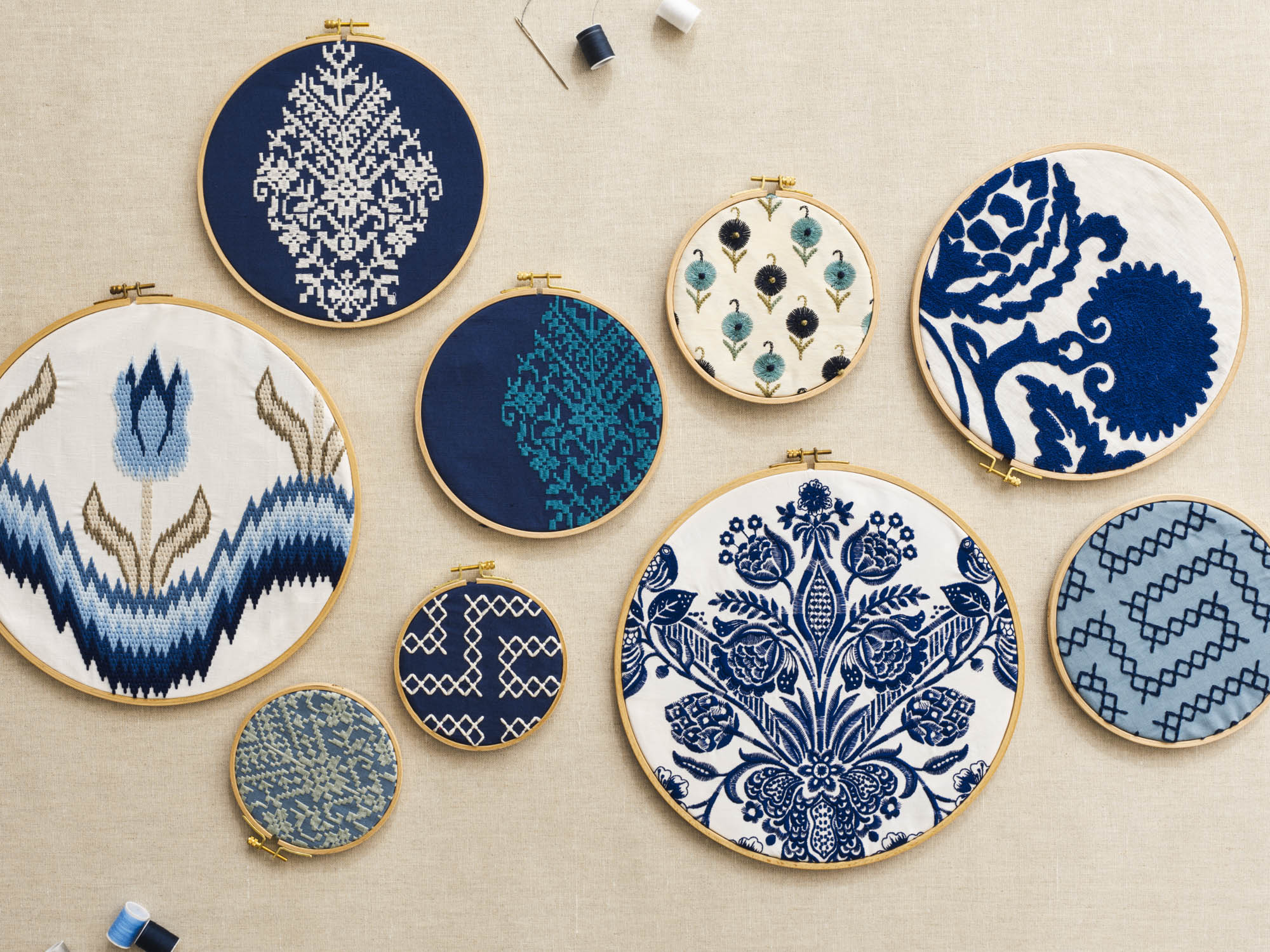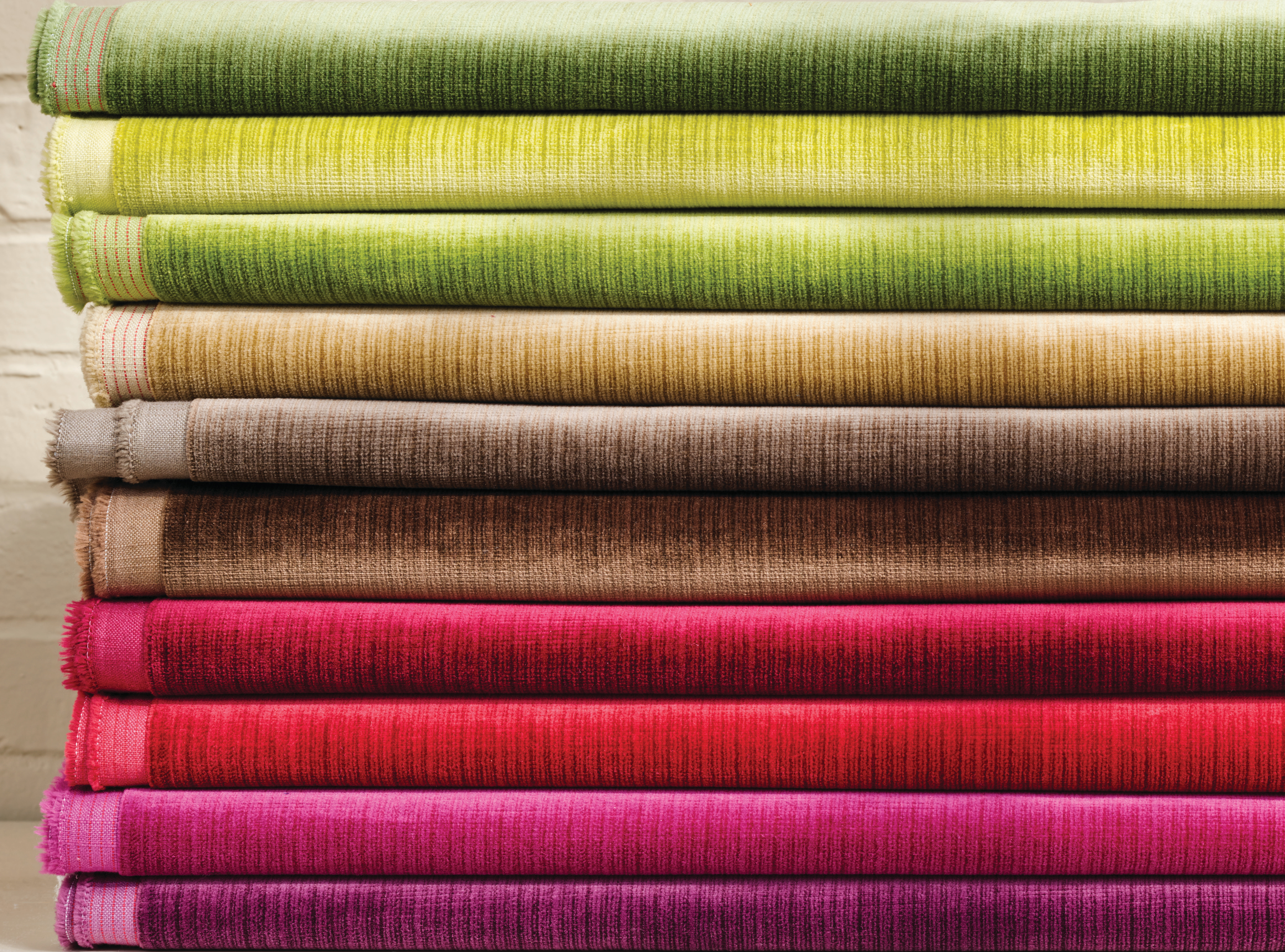Not all velvets are created equal. Case in point: épinglé, which takes all the gorgeous characteristics of velvet to another level—literally. While velvet’s rich hand comes from a uniform surface of cut pile, épinglé incorporates both loop and cut pile for added depth and dimension. The best examples of this textural velvet rely on the contrast of low loops and high pile to define the pattern, resulting in a fabric with unparalleled surface interest and a dynamic hand.
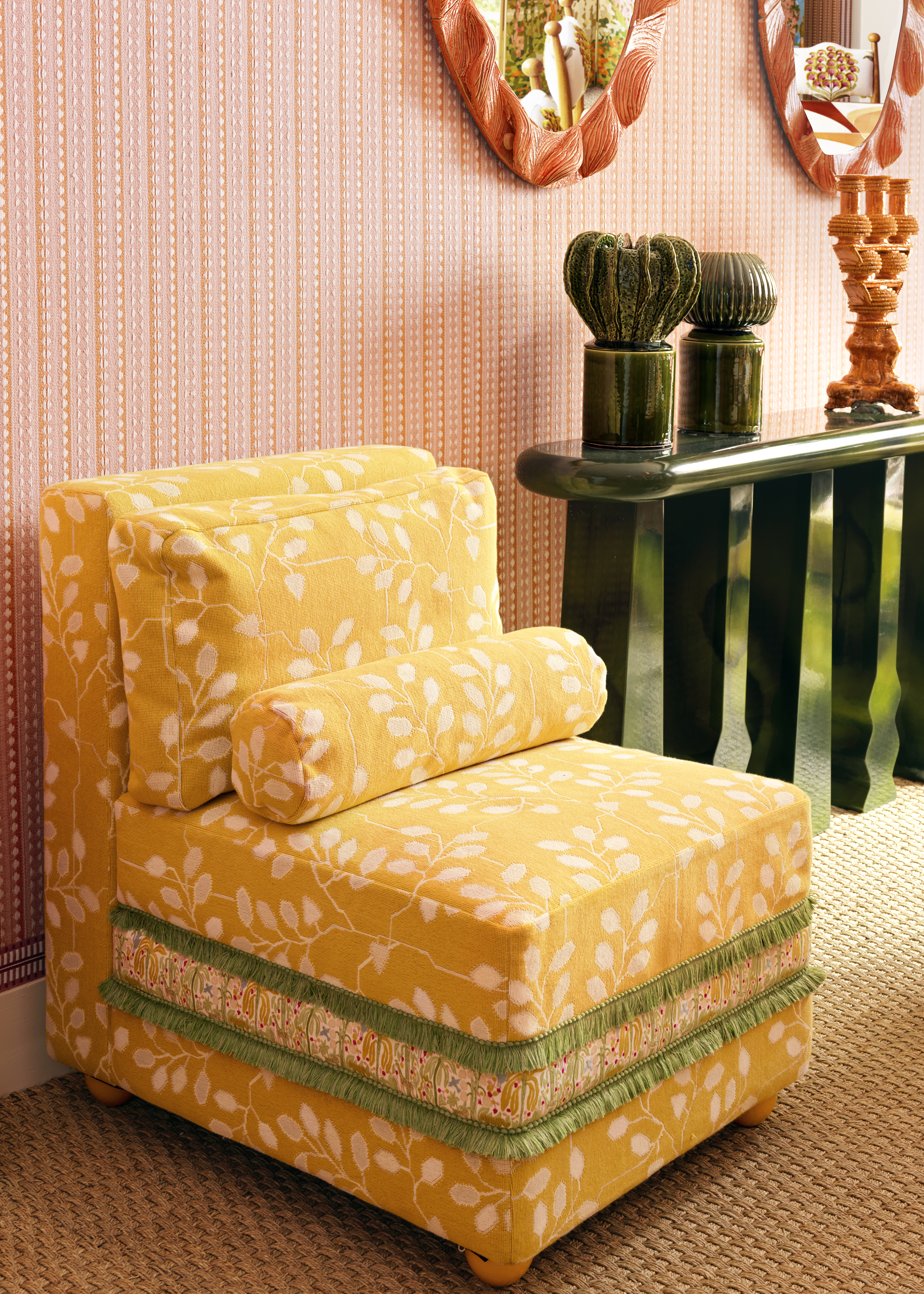
Neisha Crosland‘s Tumble Weed Épinglé fabric, shown here on a fanciful slipper chair in the Paris atelier of designer Laura Gonzalez, features a dense loop pile with the look of needlepoint.
Stephan JulliardÉpinglés: A Primer
Also known as ciselé, épinglé (pronounced “eh-pan-glay”) is a velvet made from a more refined and complicated process. All velvets get their plush pile from an additional warp, which is normally raised and cut. But an épinglé is made on a special loom with both bladed and unbladed rods capable of cutting each loop or leaving it intact, according to the pattern. The result: a shimmery, durable fabric deeply enhanced by incredible texture.
It’s important to remember that épinglé is a type of weave, not a material—so it can be made of nearly any fiber, from cotton and linen to wool and silk. Blends are also common, and the weaving process imparts a surprising resilience even to delicate fibers like silk and mohair.
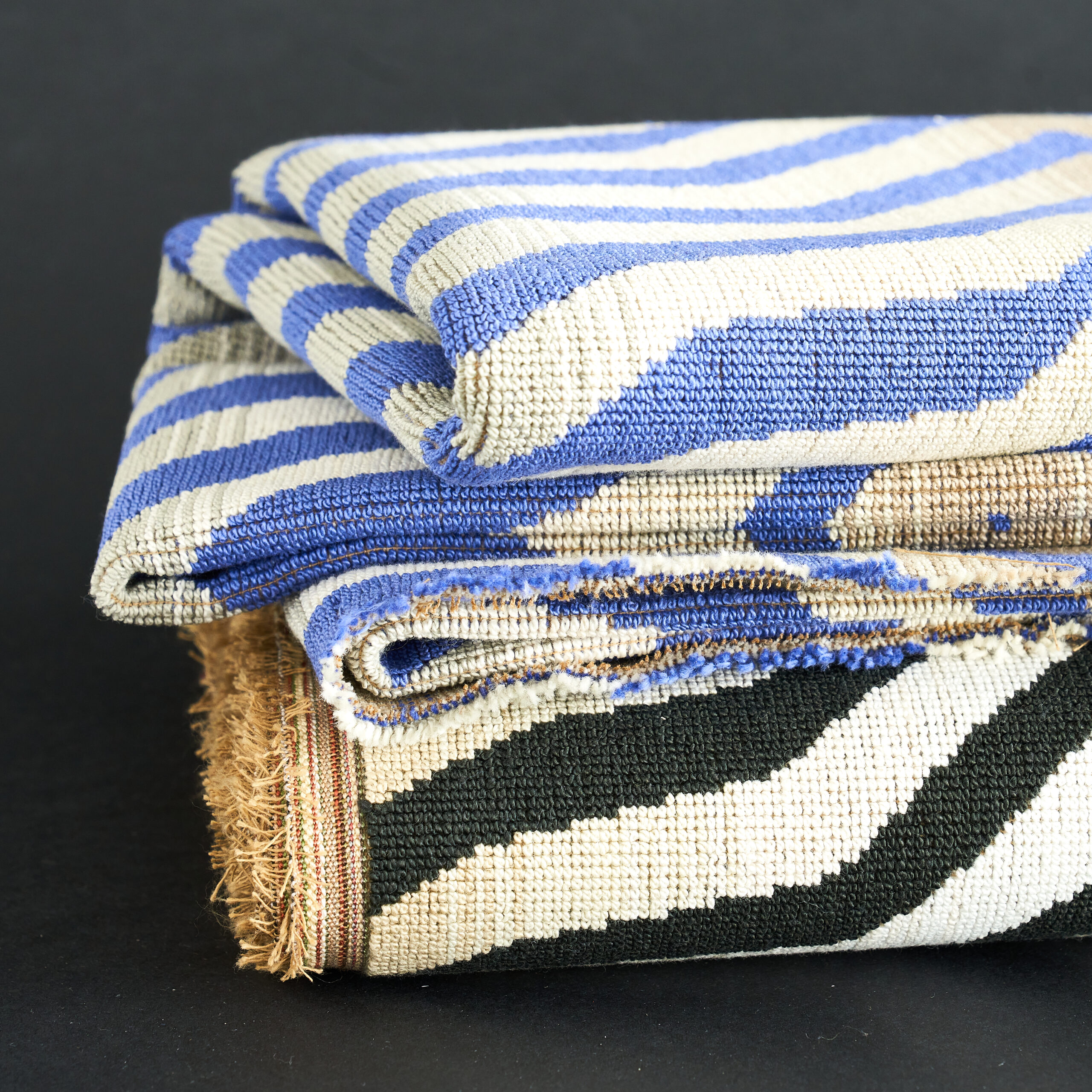
Épinglé‘s distinctive loop pile gives it an irresistible texture and superior durability. Another showstopping example by London-based textile designer Neisha Crosland, Arcure Épinglé is a bold chevron pattern with a subtle ombré effect.
Kevin Kerr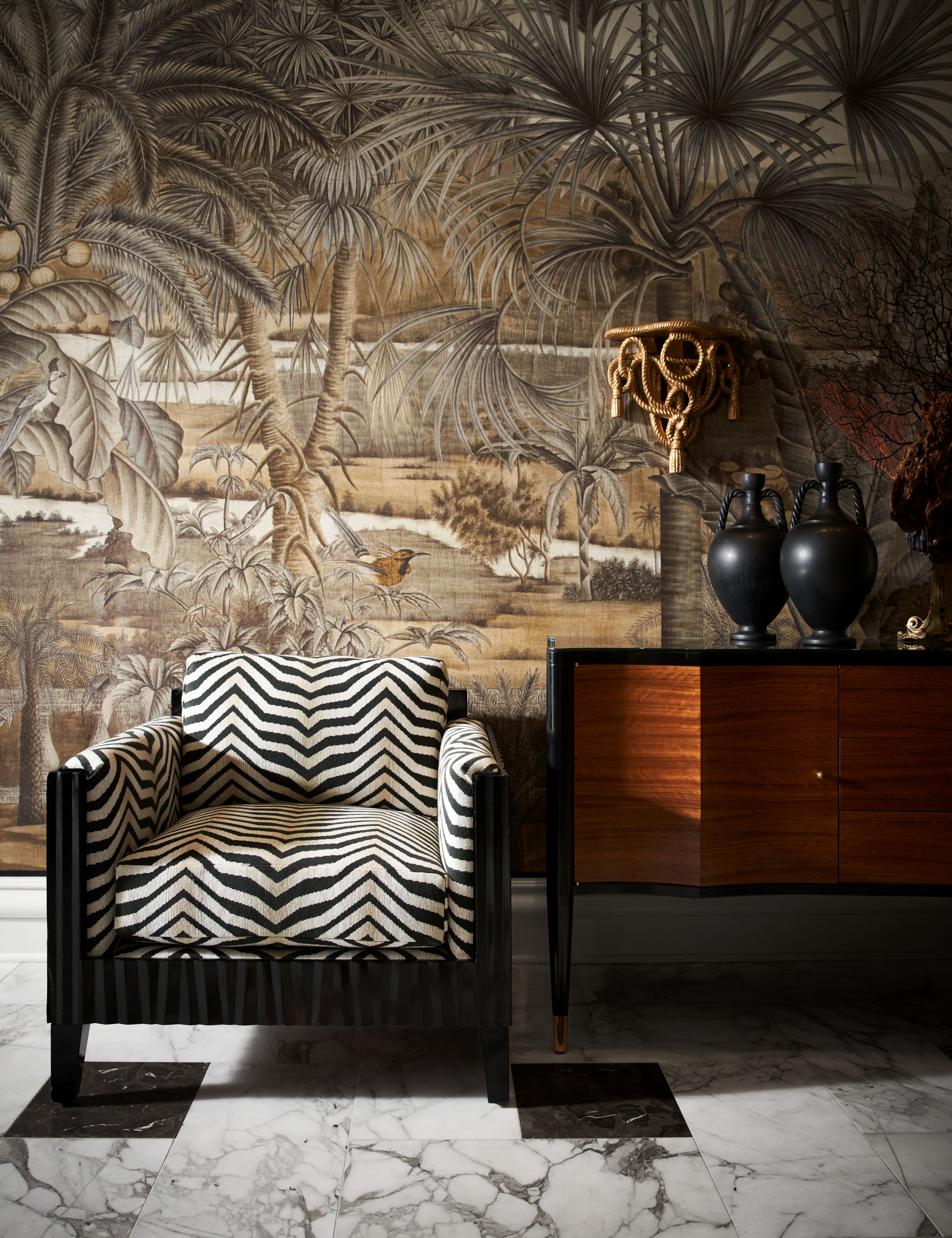
Designer Dennis Brackeen showcases épinglé‘s high-style potential with a darkly glamorous armchair upholstered in Arcure Épinglé fabric at his Houston shop, Moxie.
PÄR BENGTSSONThe Royal History Behind Épinglés
Dating from the 12th century, the first épinglés on record were made of pure silk and stunningly sumptuous. Produced on pioneering looms in the Italian city of Lucca, they were so precious that only princes and kings and cardinals and popes could afford them. They even defined the very notion of regal bearing: Pope Clement V, who ruled the Papal States from 1305 to 1314, listed two lengths of red épinglé fabric from Lucca among his most valuable possessions, and King Richard II of England asked to be buried in velvet imported from Italy when he breathed his last in 1399. During the Renaissance, épinglés became a staple of the Medicis, and court painters created portraits of noblemen dressed in rich textural velvets amid palazzos full of lush upholstery.
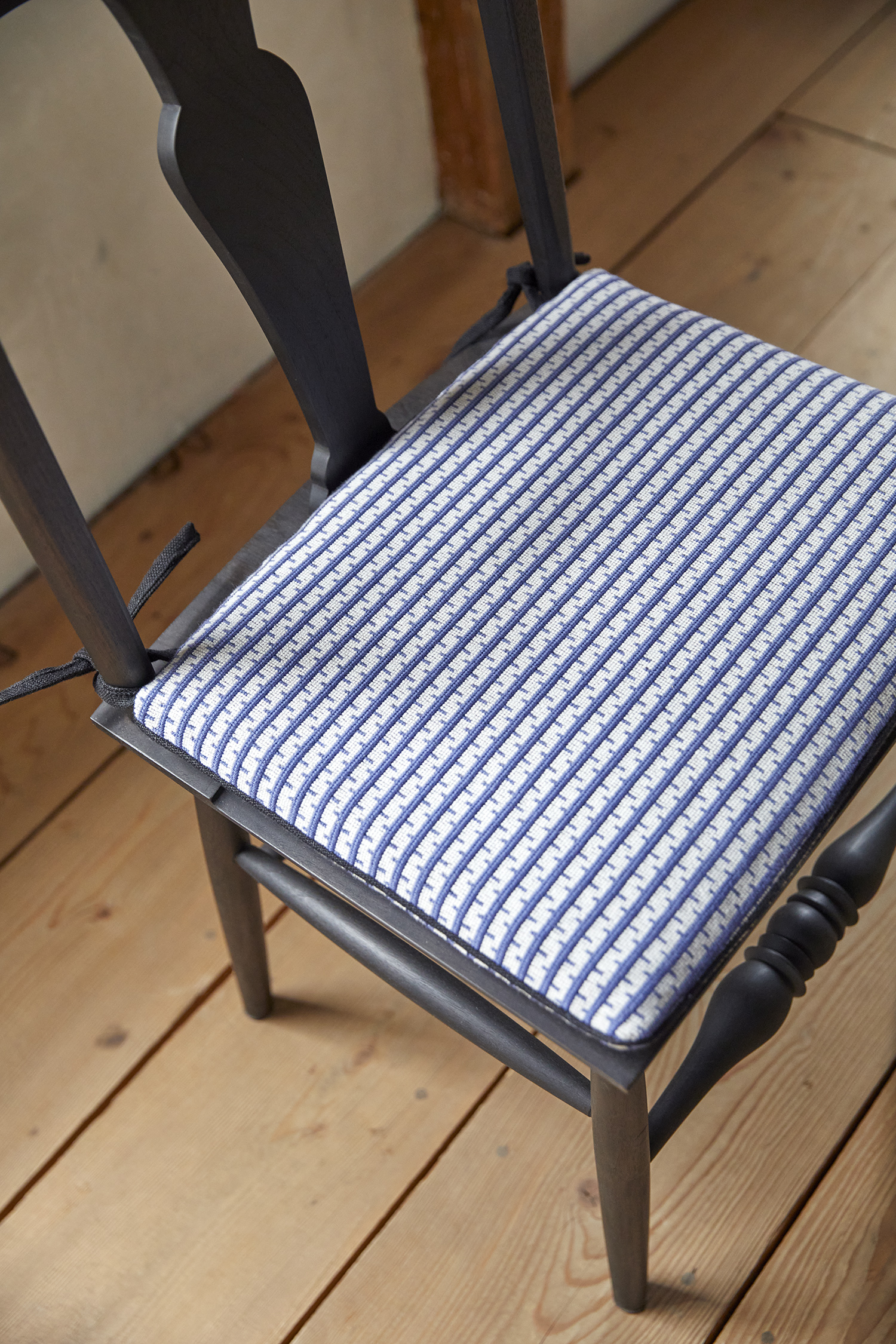
Sophisticated yet understated, Struktur Épinglé by Stephanie Seal Brown is perfectly suited to laid-back spaces.
Francesco Lagnese. Courtesy of Stephanie Seal Brown and Sawkille.The State of Épinglés Today
The Industrial Revolution made épinglés more widely available, and their ultra-luxe appeal spread beyond the unimaginably wealthy to the upper classes. But while traditional velvets became ubiquitous, épinglés retained a rarified status, thanks to their complex manufacturing process. Their delicacy belies their ultra-durability, making them a natural choice for statement upholstered pieces that are intended to stand the test of time.
Shop a few more of our favorite épinglé fabrics and pillows below, then explore our full collection here!

